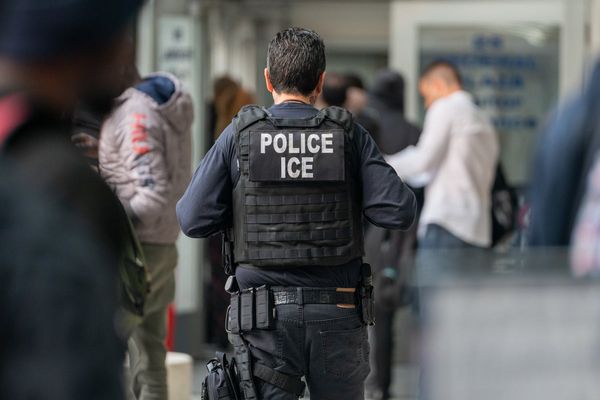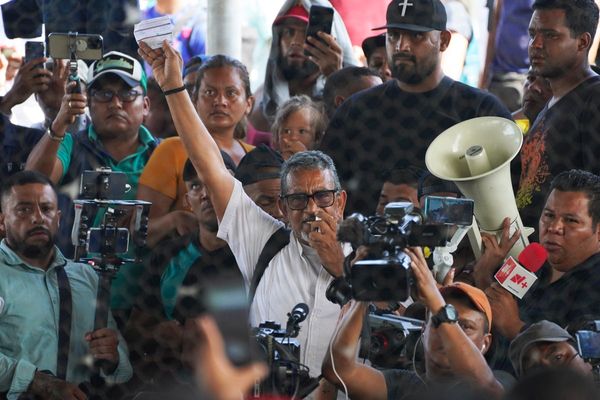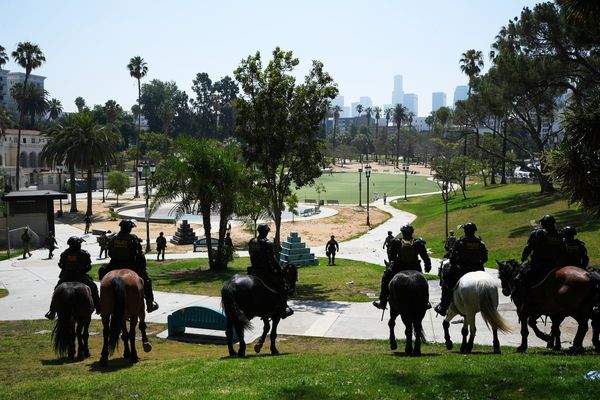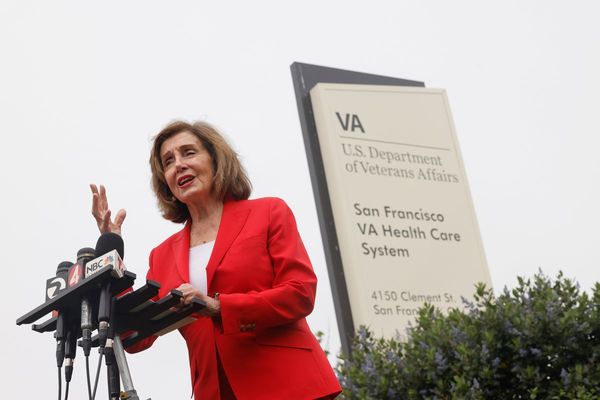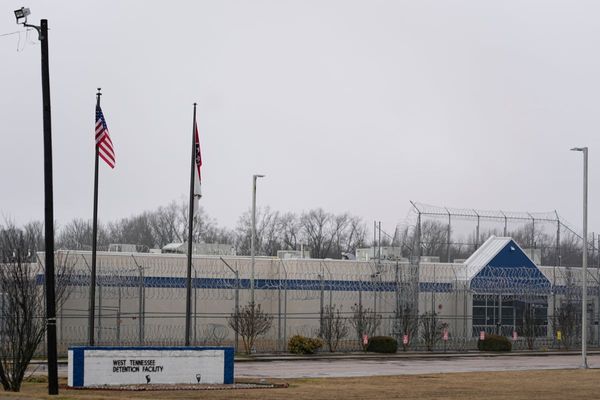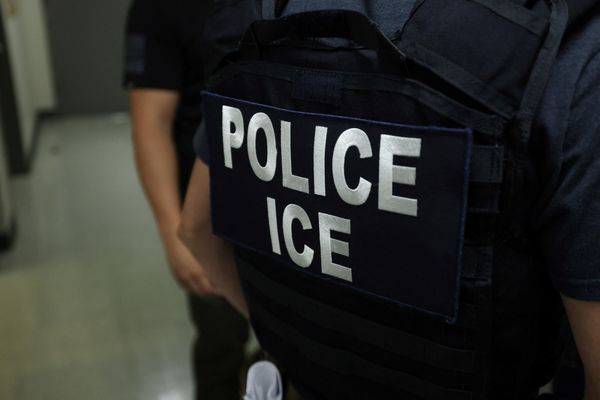
The United States has established a “deconfliction hotline” with Russian military commanders in Moscow, allowing for direct lines of communication that could keep the two nuclear powers from being pulled into direct conflict.
Speaking at the Defense Department’s daily press briefing, Pentagon spokesperson John Kirby said the line has been determined to be fully functional thanks to a test call placed from US European Command headquarters in Stuttgart, Germany.
“We know it works because ... when we tested it they did pick up the other end and acknowledged the call,” said Mr Kirby, a retired US Navy Rear Admiral who is in his second tour of duty as the Pentagon’s top flack.
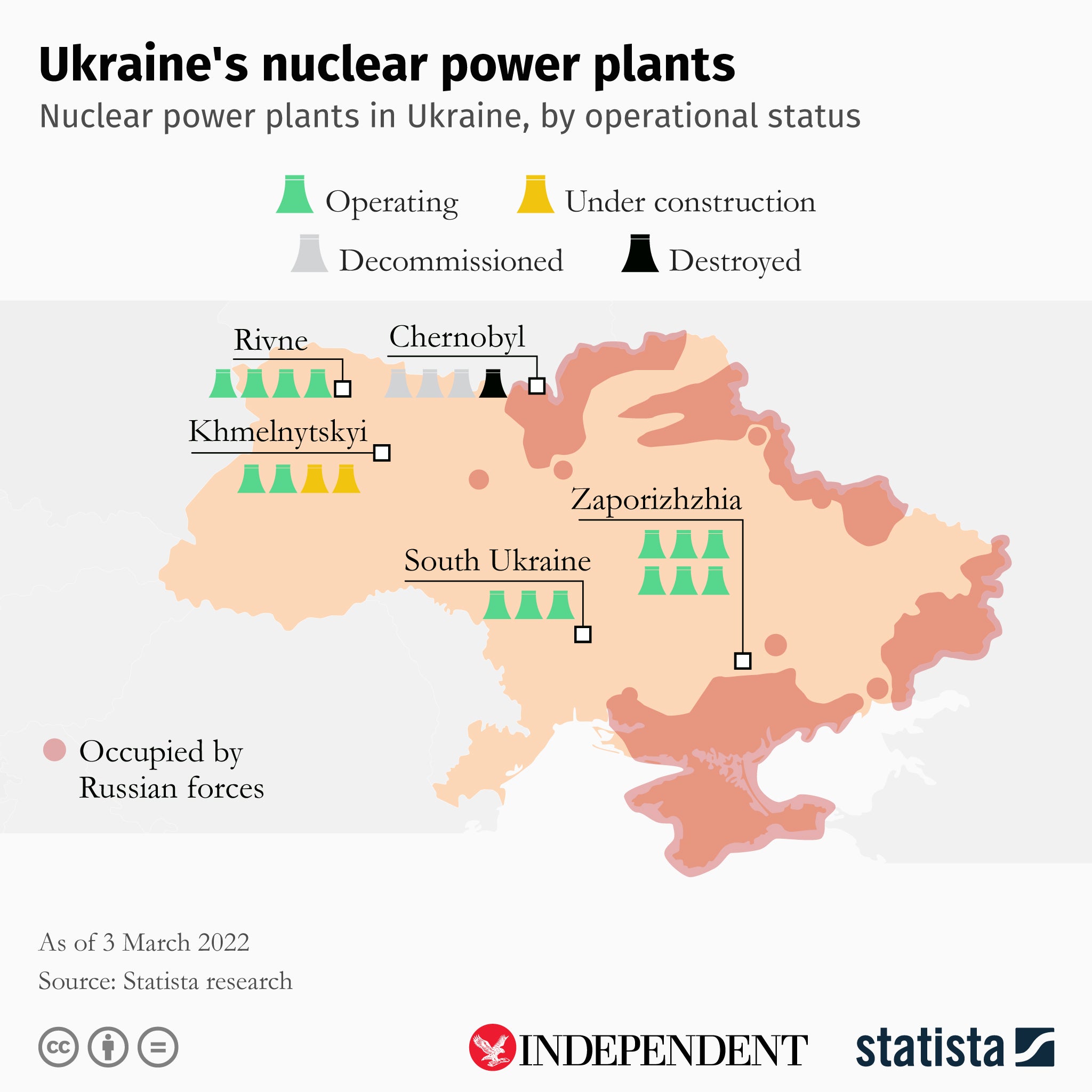
The US and Russia have previously established similar direct lines to prevent their forces from becoming entangled on crowded battlefields.
In 2016, another deconfliction channel was set up from the US Central Command’s forward headquarters at Al Udeid Air Base in Qatar to Russia’s Middle East headquarters at Syria’s Khmeimim Air Base to prevent unintended casualties during the US-led war against Isis.
The most famous of the US-Russia hotlines, formally known in the US as the Washington–Moscow Direct Communications Link, was established after the 1962 Cuban Missile Crisis.
While the popular image of the hotline is a “red phone,” the Washington-Moscow line does not use voice communications at all.
Instead, it consists of a secure text-based communication line which connects the Pentagon’s National Military Command Centre with the Kremlin. It is staffed 24 hours a day, 7 days a week, and is tested each hour on the hour.
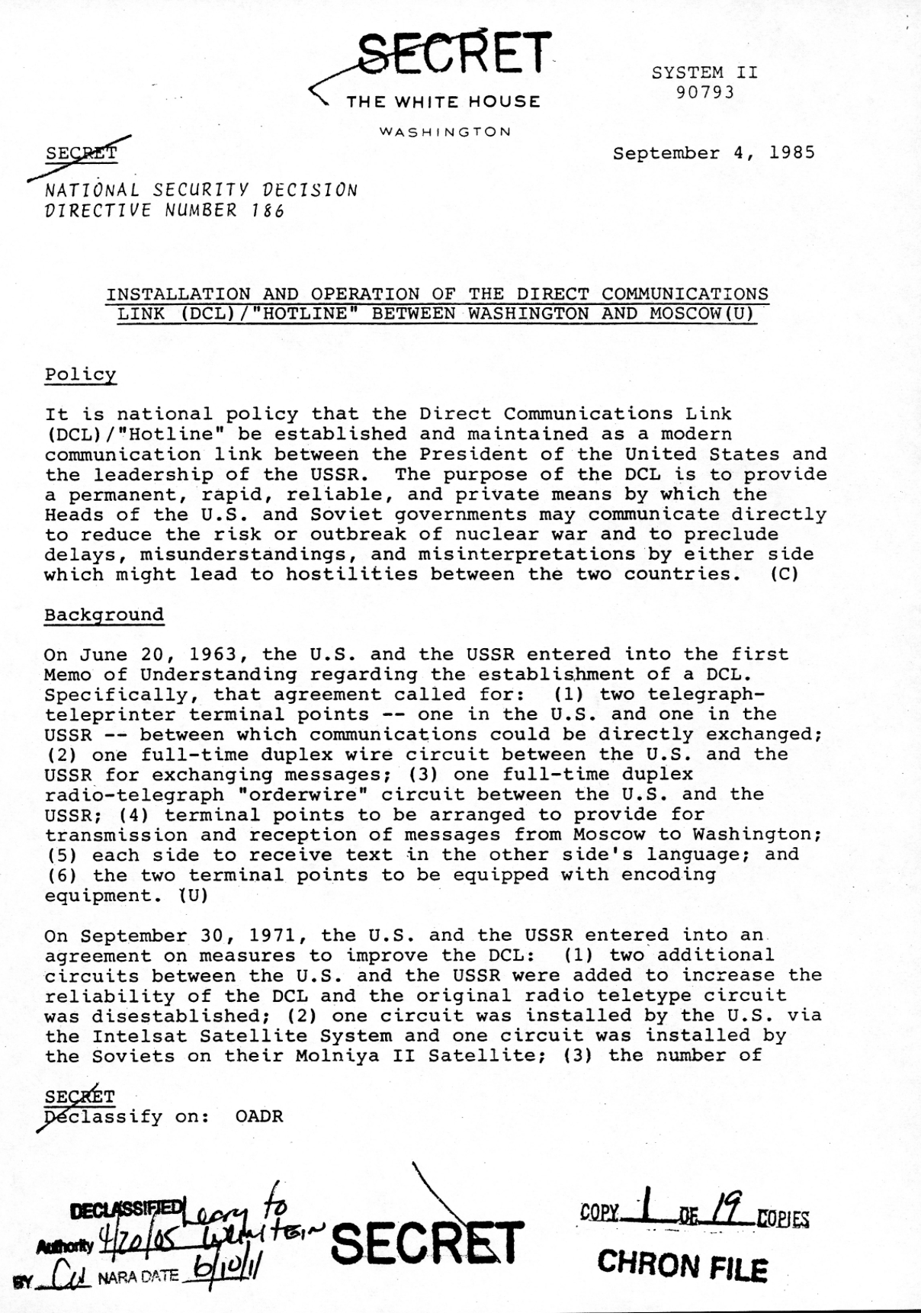
Another direct link between the US and Russia connects the US State Department with the Russian Foreign Ministry, and was established after the 1986 Chernobyl disaster under the auspices of the US Nuclear Risk Reduction Centre and its Moscow counterpart. In recent years use of this second channel has been expanded to include communications regarding cybersecurity incidents.
